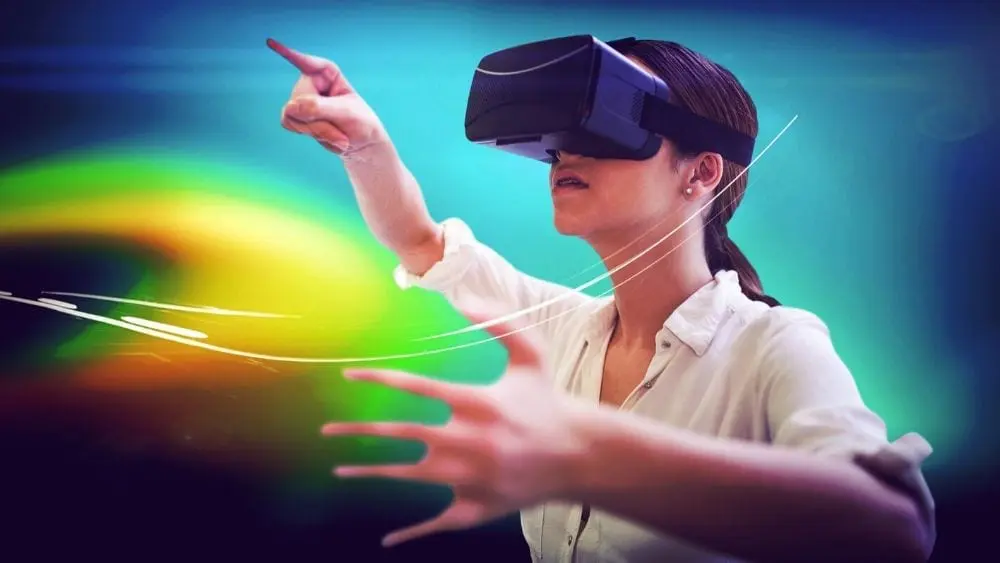
Picture this: it’s 6 p.m. on a Tuesday, and you and your significant other have been sitting in a two hour meeting with the architect of your dream home. This home is something you’ve both thought about constantly and now it is close to happening…. if it weren’t for some major vision communication issues between you and the architect.
Builders want to build homes that sell. Home shoppers want to buy homes they can envision themselves living in. The problem is, when a home buyer conveys their vision for a home to an architect or a builder, sometimes that idea may not translate to paper. Additionally, the home buying process can be tricky and expensive, especially for first-time homebuyers. Builders can sometimes find themselves dealing with tire kickers, or those home buyers who may not even be interested in a particular development, which results in time and money wasted for their business.
Enter virtual reality (VR). While expensive at first, VR and augmented have morphed into a key tool for both home shoppers and builders alike in order to help change – and improve — the homebuying experience.
Advantages for Homebuyers
Pinterest started a revolution in the design world with its inspiration boards. Then, VR took the home design process to a whole new level. With VR, home shoppers can work with a designer in order to figure out a way for those pinned furniture pieces to fit in various rooms of the house, or how a particular color scheme might look in a living room during the day, or in a snowstorm.
What’s most important in terms of design is that a home shopper can put on virtual reality glasses (or one of the many VR tools) and actually perform a walkthrough of the entire house, making a home shopper feel physically present in their potential home, while also creating their own design story.
Virtual reality saves time for buyers relocating from far-away cities and states as they do not have the time to attend multiple open houses. VR tours give these prospective home shoppers a 360 degree tour of a prospective home wherever they are located.
Finally, virtual reality could eventually eliminate the middleman when it comes to the buying process. Cutting out a realtor could save everyone time and money.
Advantages for Builders
Using virtual reality affords plenty of advantages for a builder. Plenty of international firms can deploy virtual reality when showing off their high end homes to international clients without those clients even stepping foot on the property. These type of transactions were impossible beforehand due to the global nature of the transaction.
Concurrently, rental managers and other real estate firms can also record showings of potential homes, and list them on their websites for potential buyers to view. This way, when buyers call, they will have a full understanding of the makeup of the house, and could potentially enter almost immediately into negotiations.
Like buyers, virtual reality benefits builders from a cost standpoint too. Interior designers charge thousands of dollars to stage a home. By “virtually” staging the home, a builder does not have to incur that expense, and they can tailor the staging to the buyer’s specific needs. A builder can show the buyer where the children’s toys could sit, or the Christmas tree during the holidays, or how the swing set could look in the backyard.
The most important advantage VR gives builders is accuracy. Many builders use BIM modeling when constructing a home to represent how the structure will look and to alleviate any discrepancies. However, virtual reality mapping is more accurate, and can visualize complex datasets, while synthesizing accurate maps for the contractor.
If You Aren’t Using Virtual Reality, You Will Soon
While there are plenty of companies who are still hesitant to deploy it, virtual reality is fast becoming the preferred method of choice for buyers, sellers and builders alike in the homebuying process. As VR continues to become more affordable, expect more innovative use to come about, changing the homebuying and design process as we know it.
 Voice Control is Changing How We Connect with Our Homes
Voice Control is Changing How We Connect with Our Homes